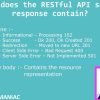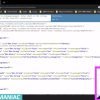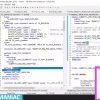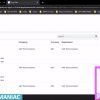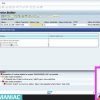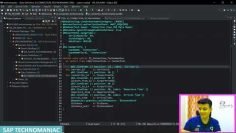This video provides a detailed walkthrough on handling media (like images, audio, video, PDFs, etc.) with SAP OData. Here’s a summary of the key points:
- The video starts by explaining the need for media handling in OData. OData often works with front-end tools like Fiori or other content tools, and there might be a need to handle different kinds of data like images, PDFs, audio, or video. This is especially important when you want to save or retrieve media from the backend system.
- The presenter explains that normal CRUD (Create, Read, Update, Delete) operations can’t handle media data. Therefore, a different approach is needed to handle media like audio, video, images, or PDFs.
- The presenter then demonstrates how to create a new project in SAP, explaining the importance of understanding the properties of the system you’re working on. He also shows how to create a new table to store the media data, which is converted into binary format.
- The presenter then creates an entity type and imports it from the DDIC structure. He selects the fields he wants to include and sets one field as a key field. He also shows how to generate runtime objects and register the service.
- The presenter then shows how to set an entity type field as media. This is done by selecting the media flag in the entity type, which indicates that the entity type can handle media. This is reflected in the metadata of the service.
- The presenter then shows how to make the entity type updatable and deletable. This is done by selecting the “updatable” and “deletable” flags in the entity type.
- The presenter then demonstrates how to redefine the “Define” method in the MPC extension class. This allows for additional functionality to be added to the entity type.
- The presenter concludes by showing how to set a property as a content type. This is done by getting the property from the entity type and setting it as a content type.
Overall, the video provides a comprehensive guide on how to handle media with SAP OData, demonstrating the process with a practical example.





